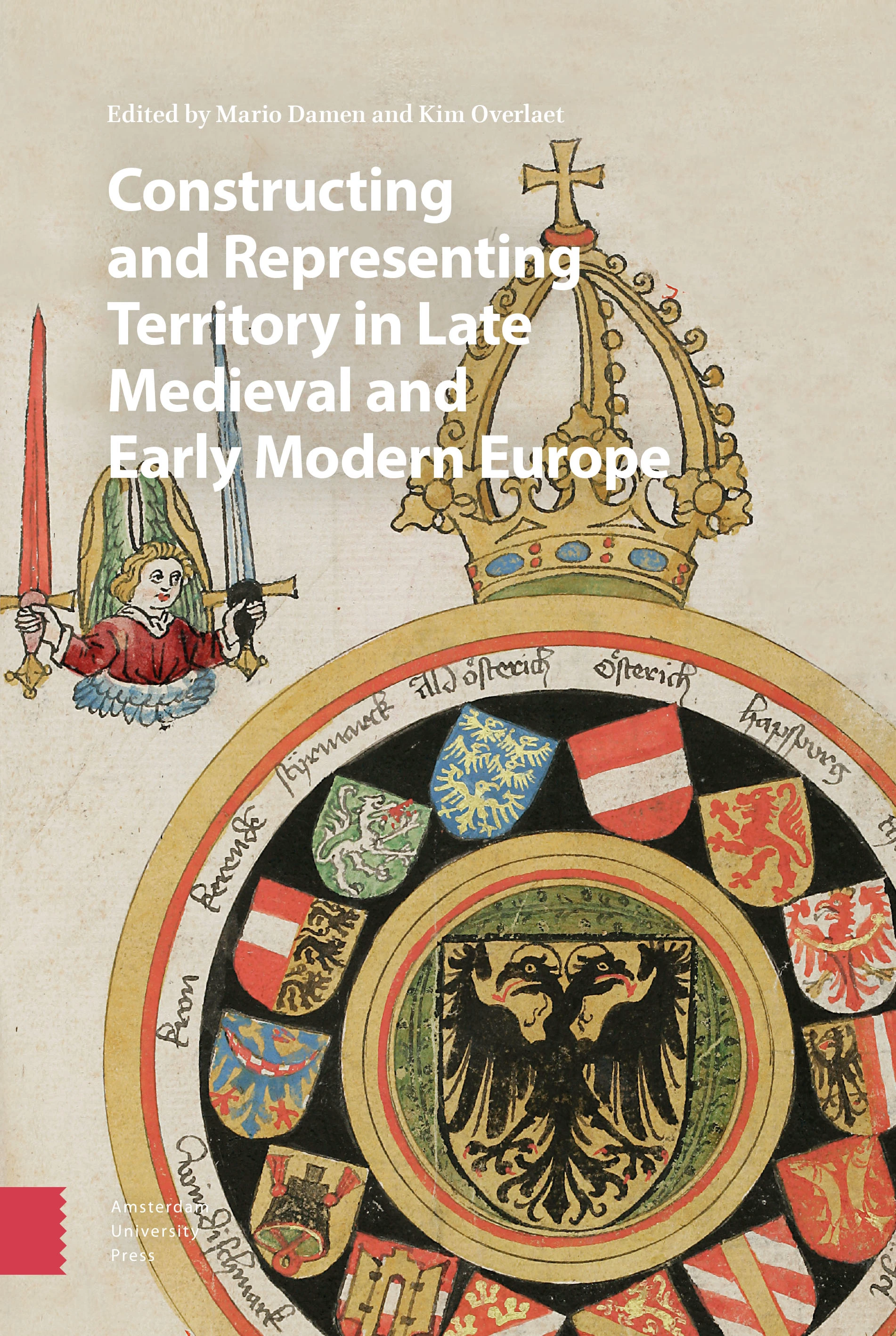ABOUT THE BOOK
In recent political and legal history, scholars seldom specify how and why they use the concept of territory. In research on state-formation processes and nation building, for instance, the term mostly designates an enclosed geographical area ruled by a central government. Inspired by ideas from political geographers, this book explores the layered and constantly changing meanings of territory in late medieval and early modern Europe before cartography and state formation turned boundaries and territories into more fixed (but still changeable) geographical entities. Its central thesis is that assessing the notion of territory in a pre-modern setting involves analysing territorial practices: practices that relate people and power to space(s). The essays in this book not only examine the construction and spatial structure of pre-modern territories but also explore their perception and representation through the use of a broad range of sources: from administrative texts to maps, from stained-glass windows to chronicles.
ABOUT THE EDITORS
Mario Damen is senior lecturer at the University of Amsterdam. He has published widely on the social and political history of the late medieval Low Countries and is the PI of the research project Imagining a territory. Constructions and representation of late medieval Brabant, financed by the Dutch Research Council (NWO).
Kim Overlaet worked from 2016 till 2019 as a postdoctoral researcher at the University of Amsterdam on the NWO project ‘Imagining a territory’. She currently works as a research manager at the Department of History at Antwerp University.
TABLE OF CONTENTS
Constructing and Representing Territory in Late Medieval and Early Modern Europe: An Introduction (Mario Damen and Kim Overlaet)
- Were There ‘Territories’ in the German Lands of the Holy Roman Empire in the Fourteenth to Sixteenth Centuries? (Duncan Hardy)
- Beyond the State: Community and Territory-Making in Late Medieval Italy (Luca Zenobi)
- Clerical and Ecclesiastical Ideas of Territory in the Late Medieval Low Countries (Bram van den Hoven van Genderen)
- Marginal Might? The Role of Lordships in the Territorial Integrity of Guelders, c. 1325-c. 1575 (Jim van der Meulen)
Part 2 - The Construction of Territory
- Demographic Shifts and the Politics of Taxation in the Making of Fifteenth-Century Brabant (Arend Elias Oostindier and Rombert Stapel)
- From Knights Errant to Disloyal Soldiers? The Criminalisation of Foreign Military Service in the Late Medieval Meuse and Rhine Regions, 1250-1550 (Sander Govaerts)
- Conquest, Cartography and the Development of Linear Frontiers during Henry VIII’s Invasion of France in 1544-1546 (Neil Murphy)
- From Multiple Residences to One Capital? Court Itinerance during the Regencies of Margaret of Austria and Mary of Hungary in the Low Countries (c. 1507-1555) (Yannick De Meulder)
Part 3 - The Representation of Territory
- Heraldry and Territory: Coats of Arms and the Representation and Construction of Authority in Space (Mario Damen and Marcus Meer)
- The Territorial Perception of the Duchy of Brabant in Historiography and Vernacular Literature in the Late Middle Ages (Bram Caers and Robert Stein)
- Imagining Flanders: The (De)construction of a Regional Identity in Fifteenth-Century Flanders (Lisa Demets)
- Mapping Imagined Territory: Quaresmio’s Chorographia and Later Franciscan Holy Land Maps (Marianne Ritsema van Eck)
Constructing and Representing Territory in Late Medieval and Early Modern Europe: A Conclusion (Mario Damen and Kim Overlaet)
The entire publication can be read and downloaded at this link.


No comments:
Post a Comment